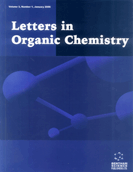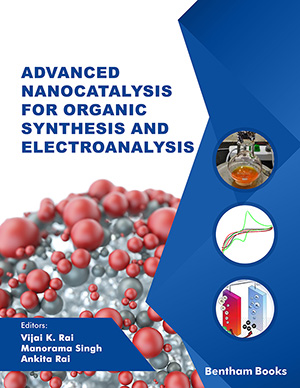Abstract
Acinetobacter sp. NCIB 9871 cyclohexanone monooxygenase catalyzes the Baeyer-Villiger oxidations of a wide variety of ketones to the corresponding lactones, many of which are valuable chiral building blocks. This enzyme accepts cyclobutanones, cyclopentanones, cyclohexanones and several bicyclic ketones as substrates. In most cases, the lactones are produced in high yields and optical purities. This review summarizes all of the published Baeyer-Villiger oxidations catalyzed by cyclohexanone monooxygenase published before mid-1997. An important recent finding is that the enzyme is very proficient at kinetically resolving racemic 2- and 3-substituted cyclohexanones. This provides one of the simplest routes to optically pure substituted £ caprolactones. Unfortunately, the need to handle the pathogenic Acinetobacter strain as well as the time and expense necessary to purify the enzyme and regenerate the reduced nicotinamide cofactor have hindered the acceptance of cyclohexanone monooxygenase as a synthetic reagent. To overcome these problems, the enzyme has been expressed in baker's yeast so that whole yeast cells can be used for Baeyer-Villiger oxidations in place of the purified enzyme or the Acinetobacter cells. The engineered yeast approach requires no biochemical expertise or equipment beyond that found in a normal laboratory. Finally, active site models of the enzyme are discussed. These allow one to predict the outcome of proposed reactions based on the results summarized here.
























